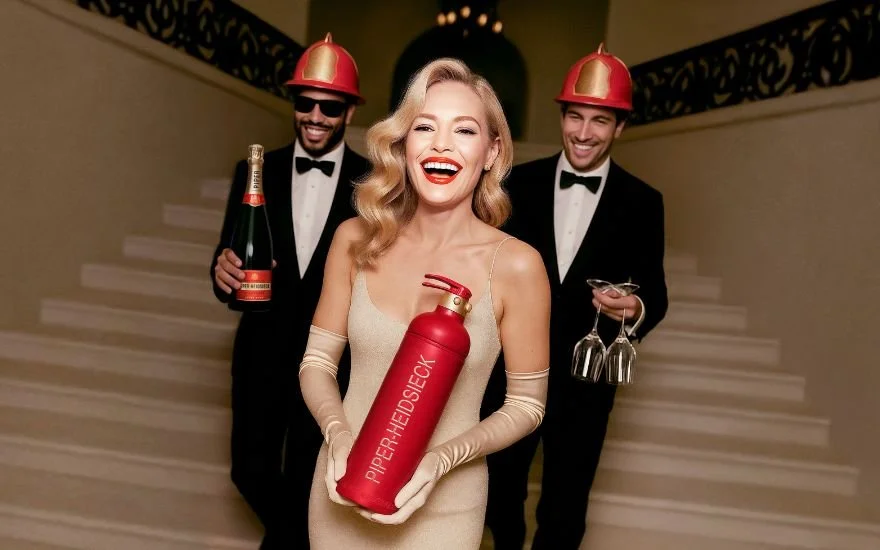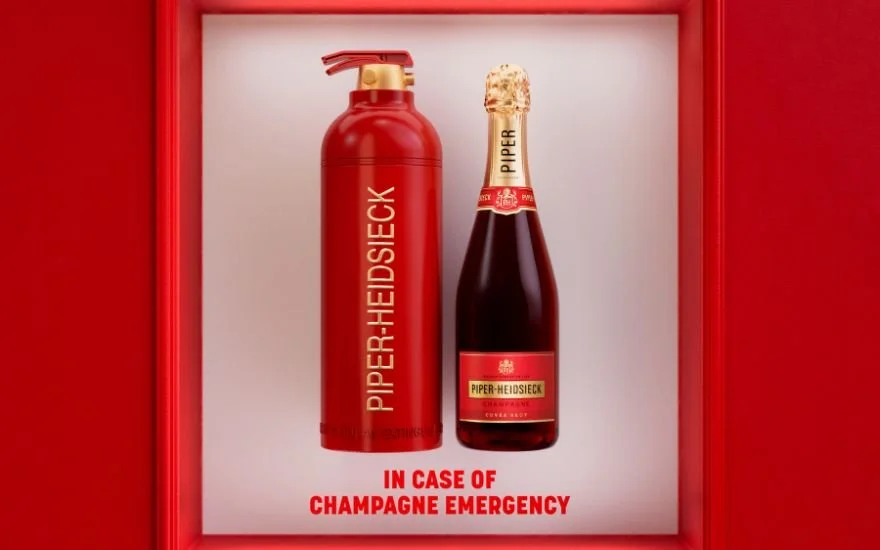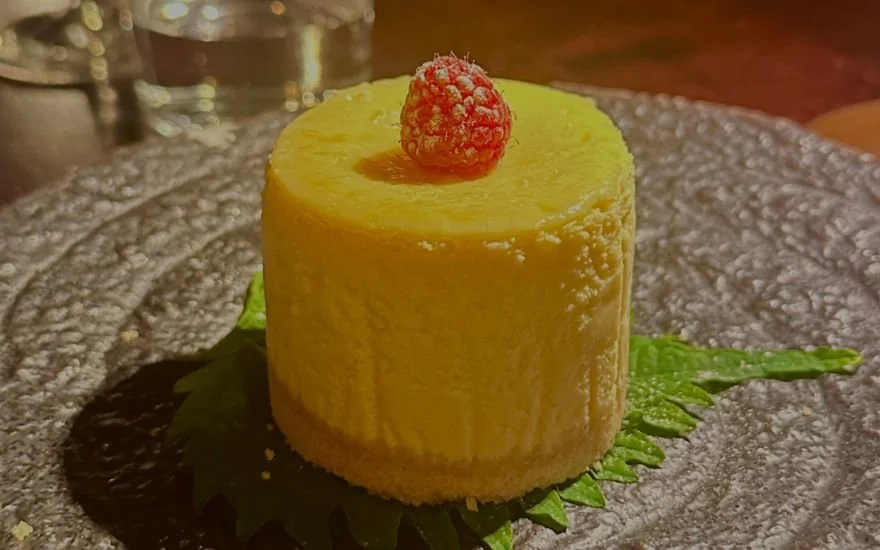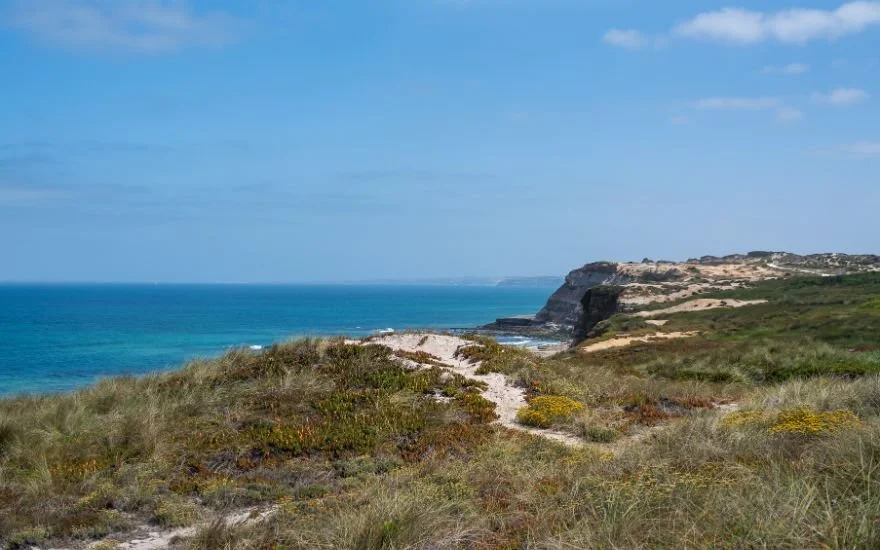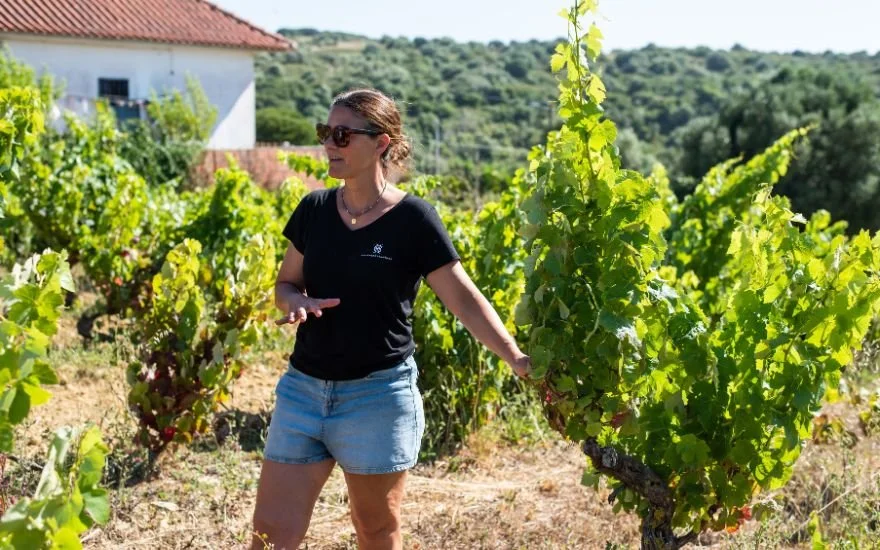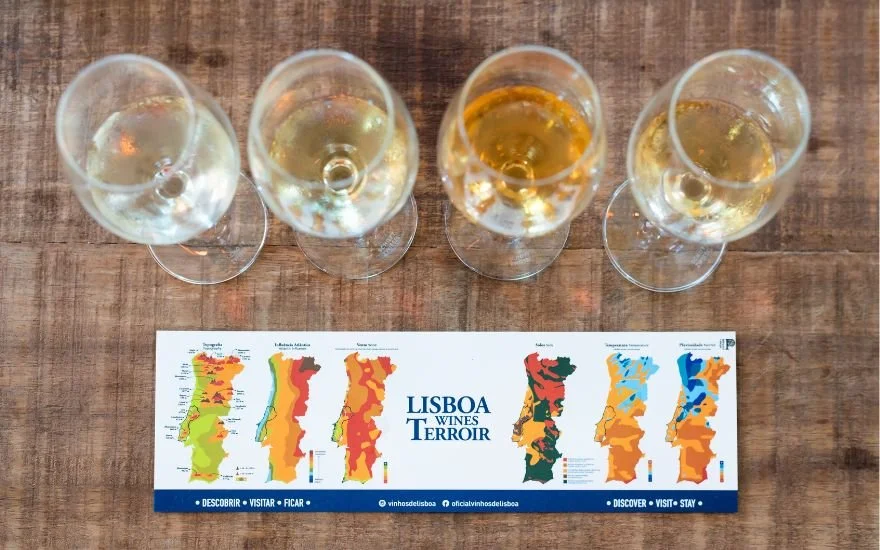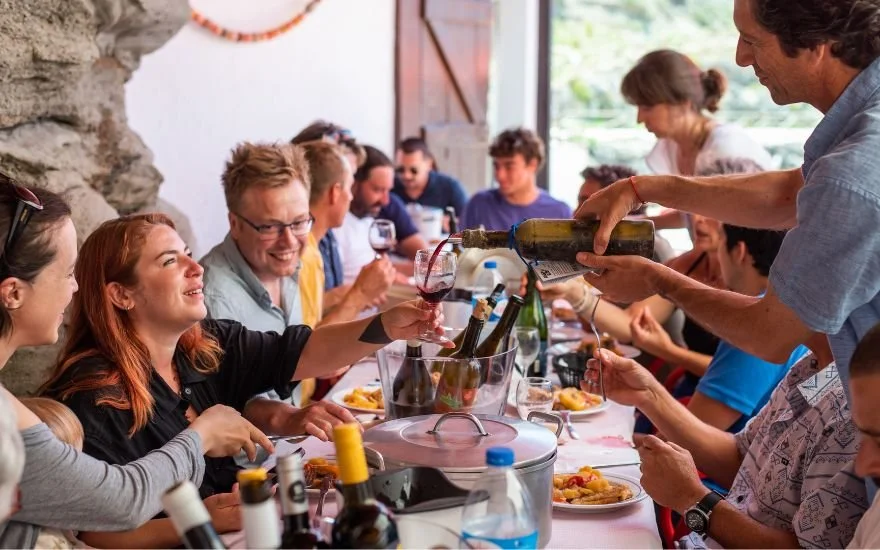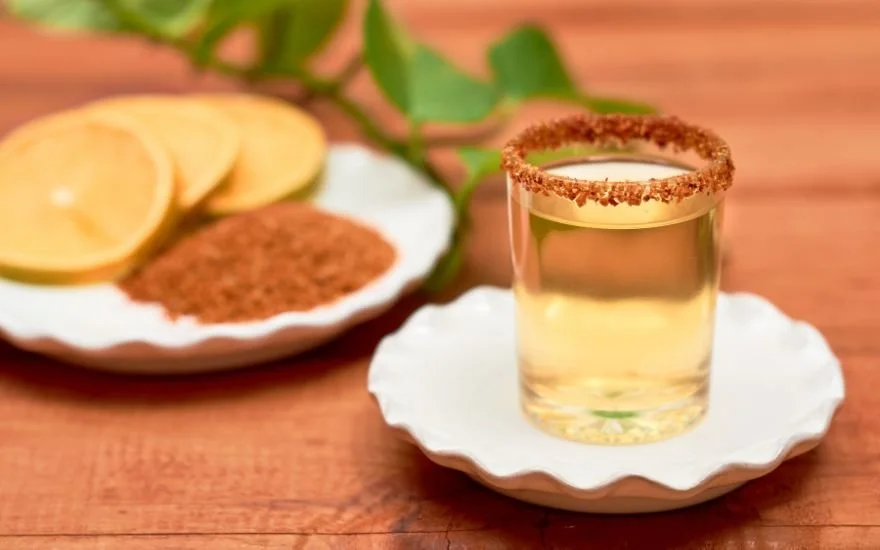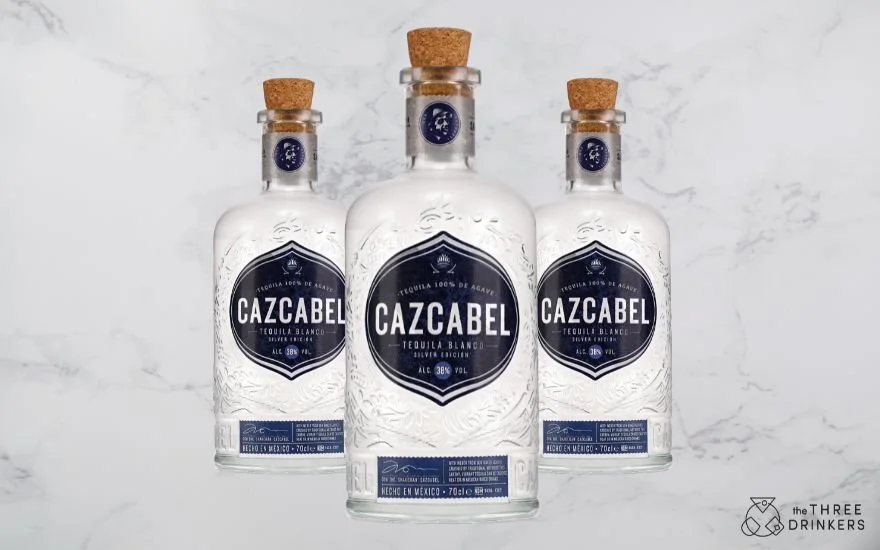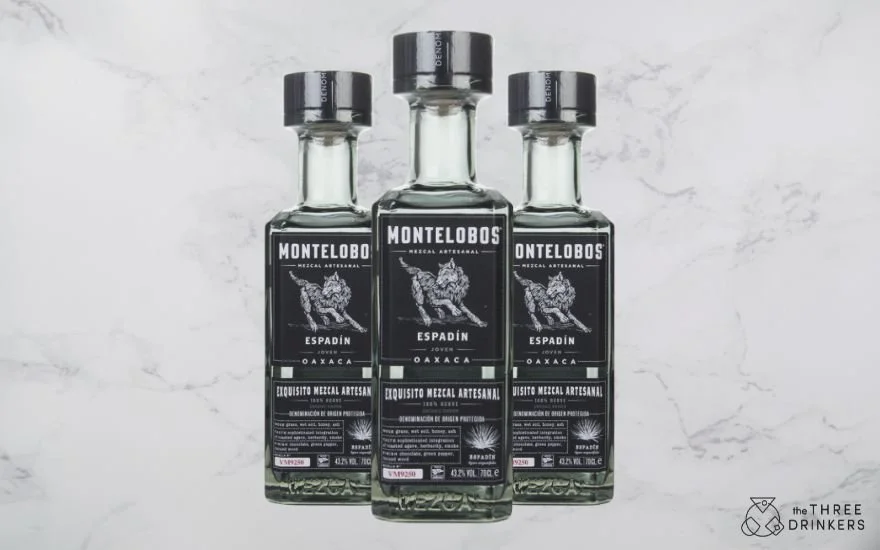What happens when a whisky stops dictating what you should taste and starts asking what you feel?
From the coasts of Orkney to the creative mind of Swedish chef Björn Frantzén, Highland Park’s latest release, “Between You and I,” isn’t your usual single malt story. It’s not about ticking off tasting notes or chasing collector hype. It’s about emotion, memory, and what happens when a whisky invites you to pause … and listen.
What Makes “Between You and I” Different?
Most whisky launches lead with a list: honey, spice, smoke, oak. “Between You and I” takes a more human route. It’s inspired by the moments flavour can bring back: the scent of a kitchen from childhood, the warmth of a fire on a snowy night, or the calm that follows a long journey. This whisky isn’t asking you to identify its tasting notes; it’s asking you to explore what it reminds you of.
This approach came from Frantzén’s own sensory response to the liquid. Known for blending Nordic simplicity, French precision, and Japanese restraint, he viewed the whisky as a conversation between memory, flavour, and place. The result is something far more introspective than prescriptive: a dram that asks for connection rather than critique.
A Whisky That Looks as Bold as It Feels
Even the design of “Between You and I” breaks the rules. Instead of polished gloss, it’s dressed in a box that feels alive: graffiti-style strokes layered in vibrant orange, deep blue, and muted heather tones. The orange hints at warmth and firelight; the blue and purple, at flowing water and peat smoke. Every brushstroke mirrors the layered complexity of the whisky itself.
Frantzén’s design celebrates imperfection. The spray-painted layers overlap with confidence, echoing the whisky’s depth and character. Inside, there are no official tasting cards or checklists, only a small booklet filled with thoughtful prompts to guide your own reflections. It’s a refreshing reminder that flavour doesn’t have to be defined; it can be discovered.
What’s Inside the Glass?
For all its artistry, “Between You and I” stands firmly on craftsmanship. Matured for 16 years in a combination of virgin Swedish oak, sherry-seasoned European and American oak, and ex-Bourbon casks, it’s the first Highland Park whisky to use Swedish oak, adding a unique, textural spice to the distillery’s signature balance of honeyed sweetness and gentle smoke.
The flavour journey is rich and evolving: a wave of fruit and vanilla warmth, a slow build of oak, and that familiar thread of aromatic Orkney peat that ties everything together. It’s smooth, layered, and quietly confident, much like the creative partnership behind it.
The Meeting of Minds
Frantzén isn’t just a chef. He’s a storyteller through flavour. As the only chef in the world to simultaneously hold three Michelin stars across three restaurants, his food is an emotional experience as much as a culinary one. Highland Park recognised a shared philosophy in his approach: both view taste as deeply personal, tied to place and memory.
Together, they’ve crafted something that bridges two worlds: the meticulous artistry of fine dining and the centuries-old tradition of whisky-making.
Where Can You Buy “Between You and I”?
The 16-year-old Between You and I launches in the UK on 14 October 2025, available through Selfridges, The Whisky Shop, Master of Malt, and The Whisky Exchange (£145).
For travellers, a Global Travel Retail exclusive, “Between You and I: Journeys,” offers a 17-year-old expression inspired by Frantzén’s memories from around the world (£155).
Final Sip: A Whisky That Tells Your Story
Highland Park’s Between You and I is a rethink of how we taste. Instead of asking “what’s in the whisky?”, it asks “what’s in you when you taste it?” It’s a whisky that rewards reflection, connection, and curiosity, proof that sometimes, the most profound tasting notes are the ones that can’t be written at all.







